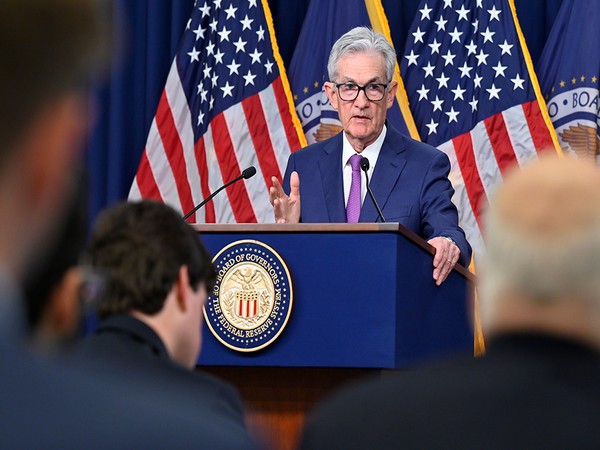
Washington DC: The Federal Reserve left interest rates unchanged on Wednesday and forecasted that borrowing costs will come down somewhat by the end of the year as inflation eases, the New York Times reported.
The Fed officials, in their March policy decision, held interest rates steady at about 5.3 per cent, where they have been set since July 2023.
Policymakers also released a fresh set of quarterly economic estimates for the first time since December, and those projected that borrowing costs will end in 2024 at 4.6 per cent. That unchanged forecast suggests that they still expect to make three quarter-point rate cuts this year.
Fed policymakers have been battling rapid inflation for two full years as of this month, and while they have been encouraged by recent progress, they are not yet ready to declare victory over price increases. Given that, they are keeping interest rates at a high level that is expected to weigh on growth and inflation, even as they signal that rate cuts are likely in the months ahead, according to the NYT.
Central bankers are trying to guide the economy towards a soft landing -- a situation where inflation cools back to normal without a painful economic slowdown that pushes unemployment sharply higher.
They want to make sure that they keep interest rates high long enough to bring price increases fully under control, but they also want to avoid overdoing it and causing a recession.
"The risks are really two-sided here: We're in a situation where if we ease too much or too soon, we could see inflation come back," the Fed Chair, Jerome Powell, explained during a news conference on Wednesday.
"If we ease too late, we could do unnecessary harm to employment," he added.
"We believe that our policy rate is likely at its peak for this tightening cycle, and that if the economy evolves broadly as expected, it will likely be appropriate to begin dialling back policy restraint at some point this year," The Hill quoted Powell as saying.
Despite the recent uptick in inflation, he further emphasised that the recent uptick in inflation hasn't "really changed the overall story, which is that of inflation moving down gradually on a sometimes bumpy road towards 2 per cent."
Given those risks, officials are creeping toward rate cuts only cautiously. Powell avoided giving any hint when asked about when rate cuts might start, in a clear effort to keep the Fed's options open as it moves towards the next stage in its inflation fight, the NYT reported.
Fed officials had lifted rates rapidly from March 2022 to mid-2023 in a bid to hit the brakes on the economy. But after July, they stopped the increases, in large part because inflation began to come down sharply towards the end of last year.
Meanwhile, the price increases are now much more moderate than they were a few years ago.
The Consumer Price Index measure stood at 3.2 percent in February, down sharply from a 9.1 per cent peak in 2022. The Fed's preferred inflation measure, the Personal Consumption Expenditures Index, comes out at more of a delay, but it is also down considerably.
It stood at 2.8 per cent in January after stripping out food and fuel costs for a sense of the underlying "core" price trend.
The US stocks soared to new highs in Wednesday afternoon trading as investors cheered the Federal Reserve's policy rate decision, economic projections, and Fed Chair Jerome Powell's press conference, CNN reported.
The S&P 500 reached a new record and topped the 5,200 level for the first time ever, closing 0.9 per cent higher, at 5,224.62. The blue-chip Dow also reached a record, up 401 points, or 1 per cent at 39,511.34. The tech-heavy Nasdaq hit 16,369.41, also a new high.